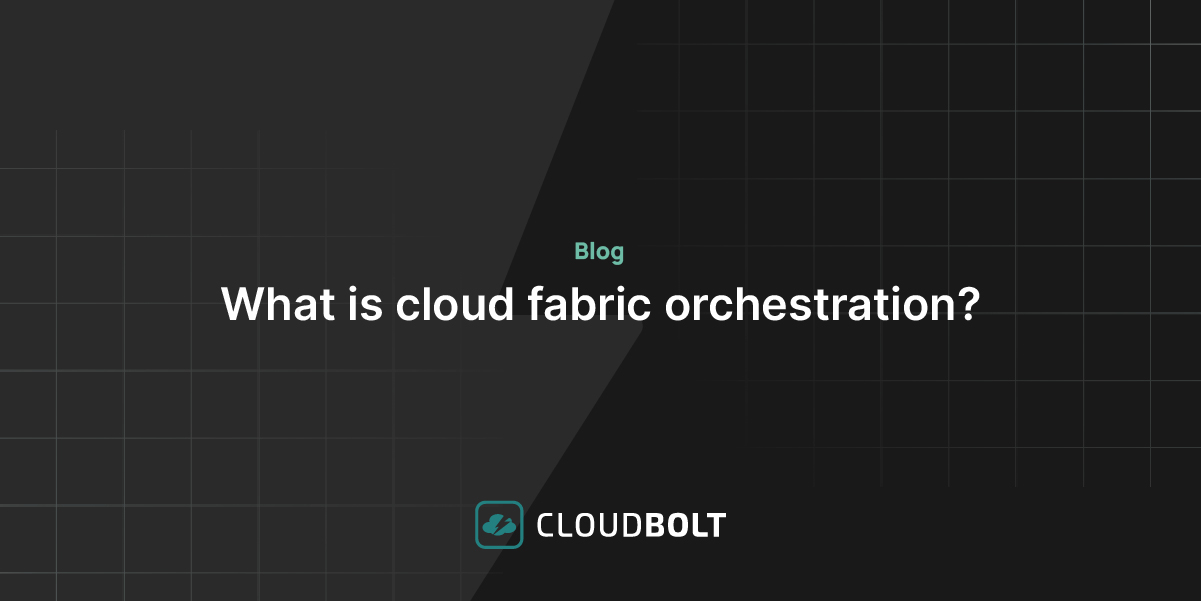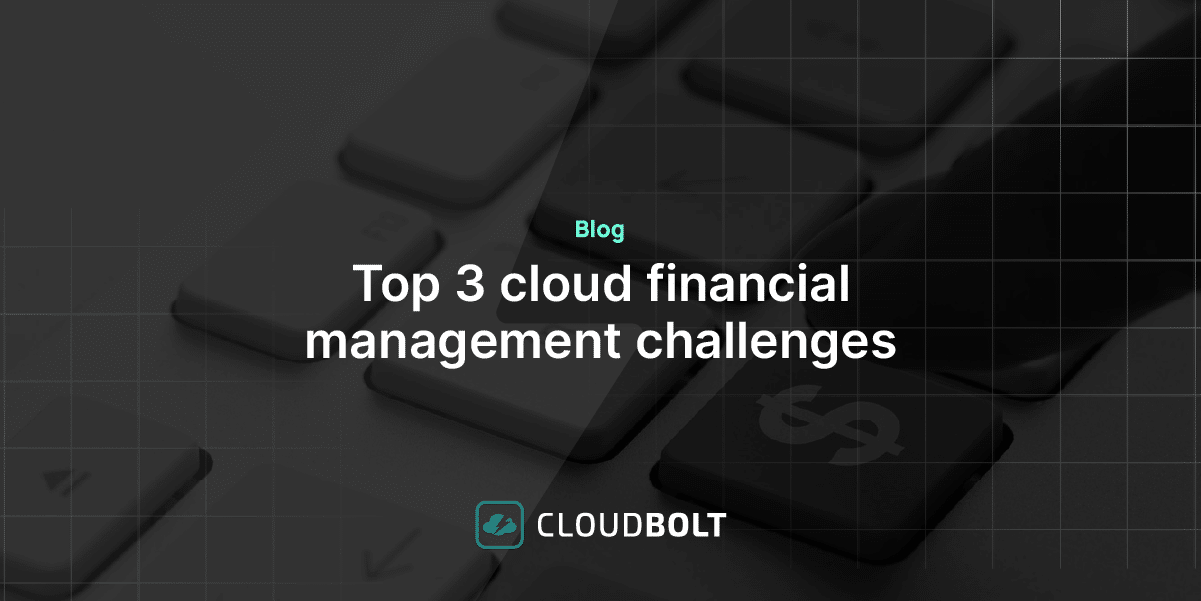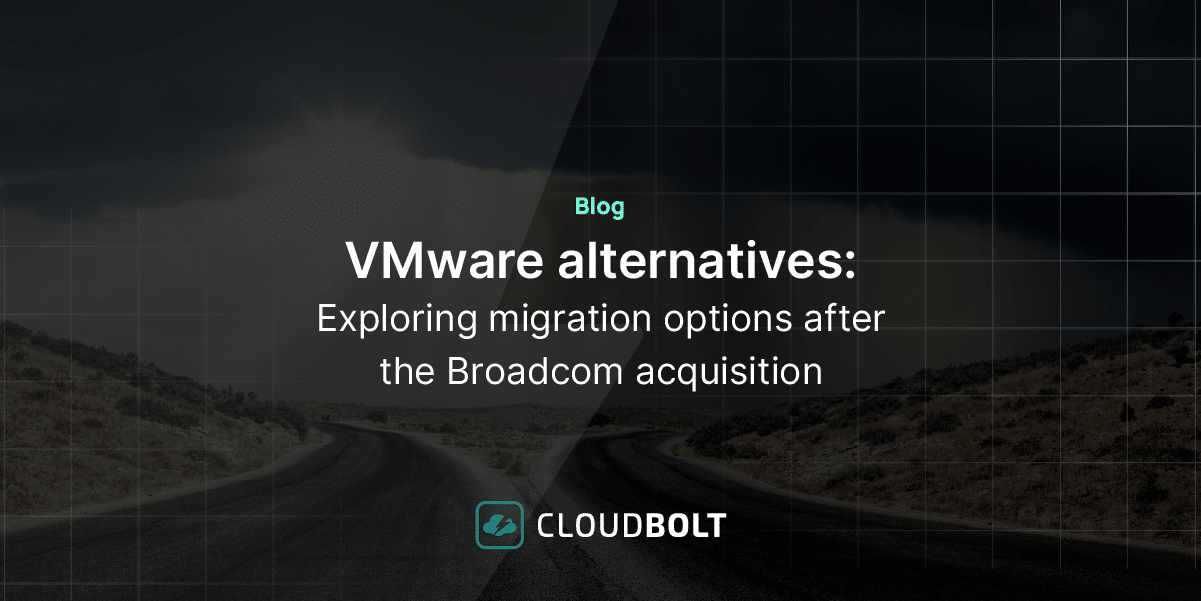
As enterprises and agencies continue to expand on cloud initiatives, there’s an increasing number of choices from public and private cloud offerings that integrate with existing on-premises data center virtualization technologies and configuration management tools. Choices include lifting and shifting basic virtual machines (VMs) from one workload environment to another, to re-architecting legacy solutions altogether with distributed microservices running in containers along with new innovation strategies underway. A hybrid cloud approach continues to be extremely relevant.
In spite of what might be considered daunting—if done carefully—strategic workload placement in the cloud can dramatically reduce costs, speed up development, and accelerate the return on investment (ROI) for digital initiatives. Gartner identifies the crucial time to consider moving to the cloud as now in its Top 10 Trends Impacting Infrastructure and Operations for 2019.
The main drivers for transitioning to the cloud (if one hasn’t already) is the ability to consume data-driven insights from just about anywhere from internet of things (IoT) devices intertwined with real-time, responsive applications that help enterprises and organizations take a leap ahead of what they’ve done in the past. Distributed cloud-native architectures and edge computing makes this all possible.
We now respond faster to consumer data, go to market with right-fit goods and services, and in some cases save lives with time-sensitive insights and action. For example, consider the interactive wearable fitness app, Fitbit and health apps like Noom that are enabled by digital innovation using cloud services. They both scale directly with usage and geographical regions because of the cloud.
Cloud Architecture Approaches
As successful approaches to cloud adoption emerge from just about every sector almost everywhere, enterprises and institutions must keep up and hopefully win against their competition. There’s little room for failure when the competition is ready and willing to snatch up unhappy customers or when the failure puts lives at risk for healthcare and some agency initiatives. The US Department of Defense (DoD) has initiated a “Cloud Smart” plan to make sure cloud adoption works without catastrophic consequences.
Every technology and associated vendor will have a spin from open source solutions to enterprise-class incumbents like IBM, Dell, HPE, and BMC. There’s Splunk, ServiceNow, and New Relic as other emergent and dominant technology offerings to consider, each in their own best-of-breed swim lanes, so to speak. Data centers have large footprints of VMware along with Nutanix and OpenStack emerging as private clouds on-premises.
While getting ramped up and running in the cloud, key decisions can’t be overlooked by today’s IT leaders. As industries are shifting in this cloud and digital era, no one wants to make mistakes. Trusting one source over another and trying to understand what’s best for the organization, there’s unfortunately no “one-size-fits-all” approach.
The approaches pitched all have merit and common elements. And a good approach is better than no approach, even if it is self-serving to some extent.
Amazon Web Services (AWS) is betting on a “Well-Architected Framework” as its signature methodology to approach cloud services. As CloudBolt is an Advanced Technology Partner in the APN for AWS, we’re ready to integrate the design principles as needed for any organization on the journey.
Getting Cloud Savvy
AWS cloud architects, developers, and other IT pros have spent a great deal of time and resources to encourage others to follow a framework for success. With input from hundreds of seasoned AWS Solution Architects and their customers, AWS pitches a Well-Architected Framework.
This framework has been evolving for a decade but more formally “as a thing” since 2017.
Here’s a quick introduction to the five pillars of the AWS Well-Architected Framework that include:
- Operational Excellence
- Security
- Reliability
- Performance Efficiency
- Cost Optimization
AWS provides an incredible amount of detail for each of these five pillars and design principles for each one on their website. This introductory white paper, published in July 2019, is a good start.
As a quick summary of the pillars in action, check out how CloudBolt can help with specific aspects for each of them.
Operational Excellence—The ability to run and monitor systems to deliver business value and to continually improve supporting processes and procedures.
CloudBolt provides inventory classification and tagging for each synchronized resource in AWS as shown in this example:
Security—The ability to protect information, systems, and assets while delivering business value through risk assessments and mitigation strategies.
CloudBolt provides role-based access controls (RBAC) and permissions to implement a least-privilege strategy for end user access. In this example, a Group Admin controls all aspects of the group permissions.
Reliability—The ability of a system to recover from infrastructure or service disruptions, dynamically acquire computing resources to meet demand, and mitigate disruptions such as misconfigurations or transient network issues.
In this example, CloudBolt provides a customized framework of actions that can execute any business logic to meet reliability demands, such as notifying group admins when quota usage is over a threshold in this example.
Performance Efficiency—The ability to use computing resources efficiently to meet system requirements, and to maintain that efficiency as demand changes and technologies evolve.
CloudBolt blueprints can provide standard access to efficient builds of automated resources without requiring any specific domain knowledge from the end users.
Cost Optimization—The ability to run systems to deliver business value at the lowest price point.
CloudBolt provides many ways to build in cost optimization with workflows that automate best venue execution for cost as well as power scheduling and the enforcement of expiration dates when necessary. In this example, for AWS, CloudBolt can recommend reserved instances after analyzing spending patterns.
Although the reserved instance example shows only minimal savings in a lab environment, consider the dollar number in terms of a percentage. The reserved instances recommended would yield a $39.37 per year savings that is reaching almost a 40% reduction in savings for the year! (39.37/109.47)
For more detailed information about each of the pillars, check them out here.
CloudBolt and AWS
CloudBolt provides visibility and governance of the workloads you can deploy and manage in AWS. CloudBolt’s powerful blueprint orchestration and provision capabilities provides a way for experts on the AWS platform to curate and provide right-fit resources to end users who just need one-click access to infrastructure without needing to know or understand the backend technology.
For more information on how CloudBolt works alongside AWS, request a demo today!
Related Blogs

What is cloud fabric orchestration
Understanding the Cloud Fabric Before diving into the intricacies of cloud fabric orchestration, let’s first understand what we mean by…

